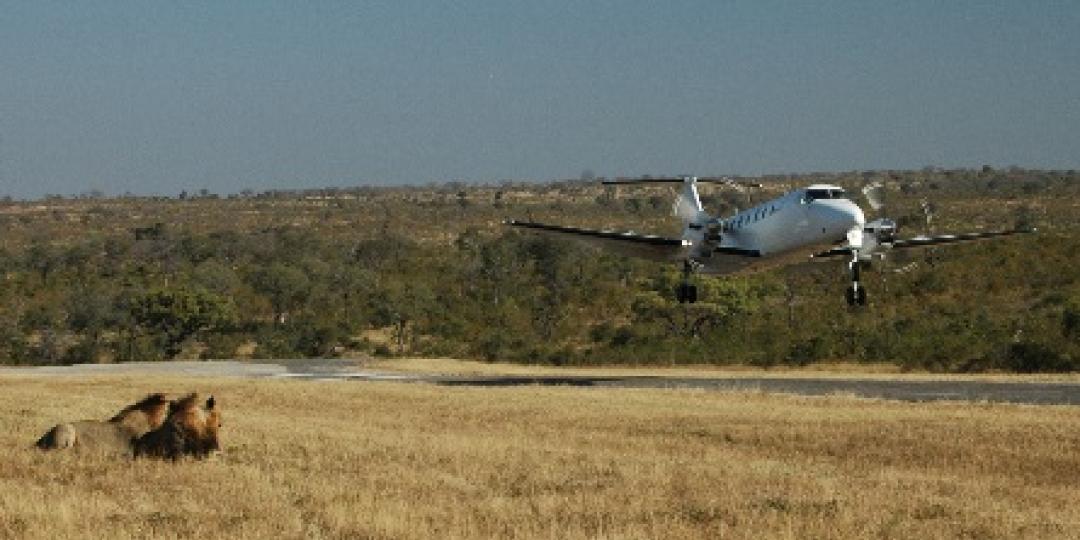As its Part 121 dispensation to utilise non-licensed airstrips approaches an end, with final cut-off being December, Federal Airlines has spearheaded a three-part liaison with the Civil Aviation Authority (CAA) and safari lodges’ airstrip owners, with a positive outcome.
The result is the licensing of three airstrips in the Sabi Sands Game Reserve accommodating aircraft of 5 700kg and over is under way, in accordance with Part 121 of the amended Civil Aviation Technical Standards. The airline is hopeful that further lodge runways in other game reserves will be licensed by year end.
However, clarity on the licensing of some 300 airstrips for aircraft below 5 700kg countrywide, is still awaited as the Civil Aviation Regulation Committee consults on the issue.
The proposed licensing, in accordance with Part 139 of the technical standards, imposes certification on all smaller airstrips along with Category 3 and lower firefighting requirements (as set by the CAA), and looks set to impinge on the business of charter flights to local game lodges, affecting both airlines and the safari sector.
According to Rudi van Schalkwyk, CEO of Federal Airlines, Safety Officer Wade Laing and Operations Manager Eugene Mostert, the carrier recently ferried CAA personnel to three runways in the Sabi Sands for personal inspection of infrastructure and firefighting facilities and procedures. The result is a more realistic set of licensing requirements than formerly suggested by the CAA, yet without impacting on passenger safety.
Van Schalkwyk said the CAA had been understanding of the onerous costs involved in making the adaptations required by the technical standards, particularly in the purchase of firefighting equipment and the training and employment of qualified personnel. The authority had also accommodated issues such as runway fencing, which would be counterproductive in the Sabi Sands where fences had been dropped.
According to Van Schalkwyk, the CAA indicated that the arrangement reached with the Sabi Sands’ landing strips could be used as a benchmark for further licensing, to be pursued on a case-by-case basis. Federal Airways is willing to point lodge and airstrip owners, now faced with managing their airfields in accordance with regulations rather than on their own terms, in the right direction.
Regulating the country’s hundreds of smaller runways, be they gravel, on farms and outside small towns, is considered a far more complex task, and there are doubts that the CAA has the manpower to manage the process and conduct regular audits thereafter. In most parts of the world, said Van Schalkwyk, airstrips accommodating aircraft under 5 700kg were left to self-regulate.
Federal Airlines conducted its own due diligence when flights to small and unfamiliar airstrips were chartered, said Laing, undertaking thorough risk assessment with the airstrip owners and utilising Google Earth tools.
It is understood the South African authorities are reviewing the Australian model, which requires registration with the aviation authority, rather than licensing.
Some stakeholders believe that a case-by-case approach should be taken, based on size of aircraft using the landing strip, and frequency of flights.
“We have made big strides,” says Van Schalkwyk, “and charter airlines will not stop flying overnight.”























